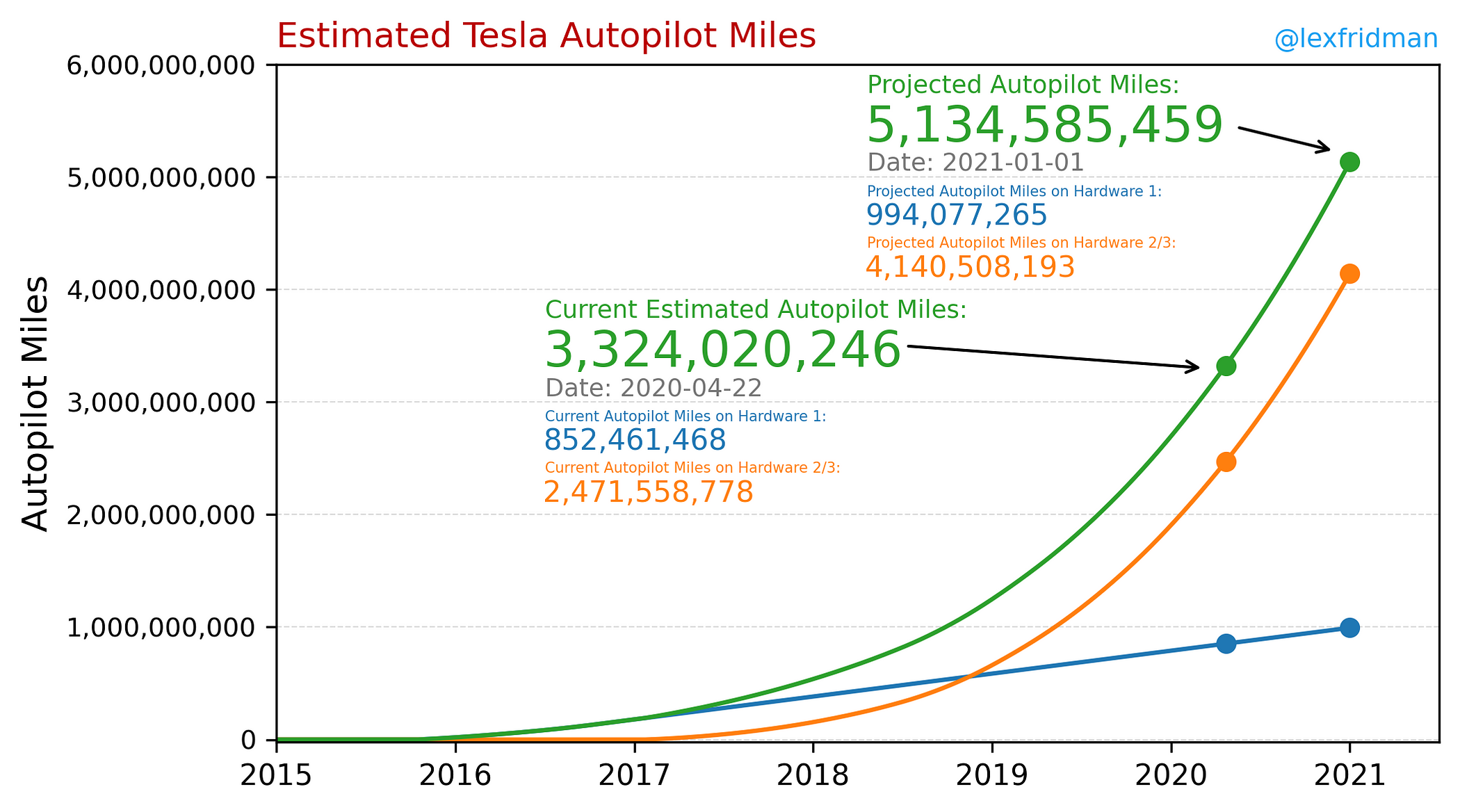Self-driving cars: How close are we from full autonomy?
Self-driving cars: How close are we from full autonomy?
We are in 2020 now. Where’s my robot taxi? Let’s look at the current state of the technology and do an educated guess
It’s unquestionable that full self-driving technology (or level 5 autonomy) will be part of our future. The question is — when it will arrive? Next decade? Next 5 years? Next year? Tomorrow? Let’s look at the current state-of-the-art and make a prediction.
Spoiler: Probably no later than 2025.
Which company will get there first?
If anyone can solve full self-driving (level 5 autonomy) by 2025, it will be Tesla. You may have heard about Waymo robot taxis but those operate in very restricted regions and require a high-resolution mapping and preparation of the routes (level 4 autonomy). It’s a good attempt but the current approach is not scalable.
The main reasons Tesla will be the first to solve full self-driving are:
- Data: They have the largest real-world dataset with billions of driven miles.
- Efficient hardware: A smart set of sensors and an in-house designed deep learning chip.
- Advanced software: The neural network driving Teslas is a very complex multi-task problem.
Over the next sections, I will develop on each of these three topics and then I will construct my prediction timeline — let’s dive in.
Data
With more than a million cars collecting data, Tesla is orders of magnitude ahead of the competition. Furthermore, the size of the Tesla fleet will steeply increase over the next years, as they increase production. Look at this chart showing the estimated number of autopilot driven miles.

In Deep Learning applications having high volumes of data is a game-changer. Particularly for such a complex problem as self-driving that requires analysing data of multiple sensors in a multi-task problem.
Usually, in the real world, the distribution of possible scenarios has a very long tail — meaning that the number of rare situations that the car may face is almost unlimited. Having a large fleet of cars collecting data allows to sample the edge cases needed for gradual improvements. The goal is to make the model more and more robust over time.
To collect real data, a set of sensors is needed. And that leads me to the next topic — the hardware.









